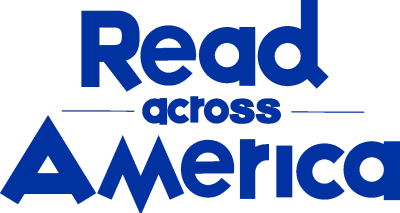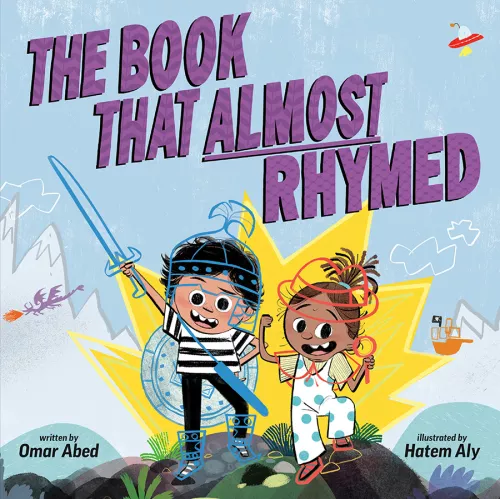Share this book
After reading The Book That Almost Rhymed, get students thinking about how working together might make a story better. Talk about how the brother and sister came to work together. What helped the brother see that the sister had valuable contributions? How might multiple people working together to contribute ideas add to a story? Ask students to think about a time when they worked together with someone to tell a story, play pretend, or even come up with a solution to a problem.
Then, have everyone work together to tell a progressive story. Gather in a circle and start with a prompt from the book to develop a story about a brave knight’s quest for glory and treasure. Go around the circle and give each student a turn to add details to move the story forward. Encourage students to listen to the story as it progresses. They may choose to follow big brother’s example of more conventional storytelling or take ideas to new places like the sister in the book. Keep building on the story until everyone has had a chance to contribute and the story comes to an end.
Questions for Discussion or Reflective Writing
- Why do you think the boy was so frustrated by his sister’s contributions to his story at the beginning of the book?
- How can it be valuable to have other people help brainstorm ideas or add to a story? Do you think it is more fun to work with someone or do something completely by yourself? Why?
- How do you come up with new story ideas? How do you activate your creativity?
- How would you continue the story after the book? Where do you think the new treasure map would send the characters?
- What were you expecting the characters to find in the treasure chest? Why does the boy agree with his sister that the chest holds treasure maps instead of trying to end the story more traditionally?
Related Resources
The Book That Almost Rhymed Read Aloud video from Brightly Storytime
Progressive Stories from the National Children’s Book and Literacy Alliance
More Titles to Try
Stay on top of current education news



